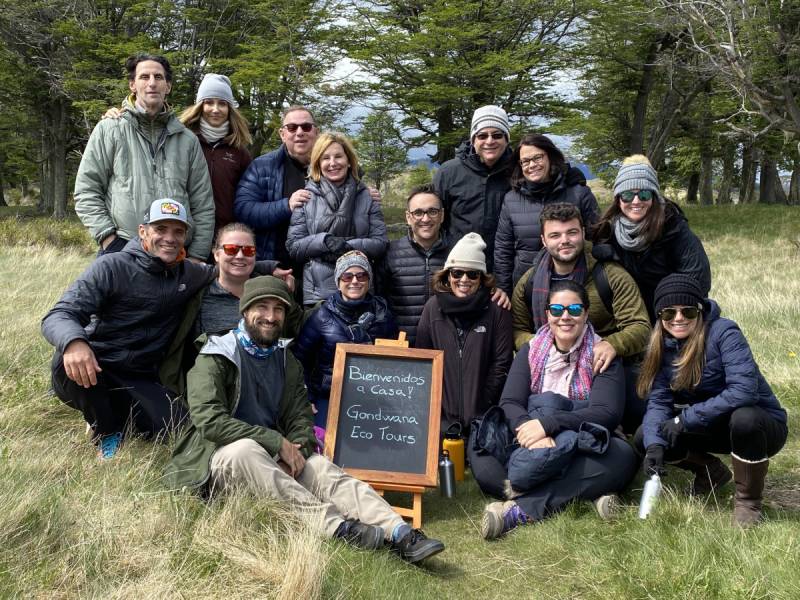How Often Do the Northern Lights Reach Maryland?
PRIVATE & SMALL GROUP TOURS TO THE WORLD'S BEST DESTINATIONS
Are You Planning A Trip To See The Northern Lights?

Can You See the Northern Lights in Maryland? What to Know Before You Go
Maryland isn’t a state you associate with aurora sightings—and for good reason. Its mid-Atlantic location, dense population, and low geomagnetic latitude place it well outside the regular reach of the auroral oval. So when people ask, “Can you see the Northern Lights in Maryland?” the honest answer is: almost certainly not.
Why Maryland Rarely Experiences Auroras
The state is simply too far south. Even during peak solar years, auroral activity seldom reaches this region. In rare cases of extreme geomagnetic storms (KP 8+), extremely faint glows might be reported in rural areas near the Pennsylvania border, but these events are anomalies—decade-level rarities at best.
Can You See the Northern Lights in Baltimore or Ocean City?
No. Both cities are too far south and too heavily light-polluted to allow even the faintest auroral visibility. Residents in these areas will need to travel several states north—at minimum—to have any meaningful chance of seeing the Northern Lights.
Are There Any Slight Possibilities?
- Western Maryland Highlands: Areas with elevation and darker skies might offer a narrow window during severe solar storms, but expectations should remain low.
- Rural Northern Counties: Farmlands and forested areas with low light pollution are marginally better—though still unlikely to yield results.
Global Aurora Activity Outlook (2026–2030)
While auroral activity is expected to increase globally due to Solar Cycle 25, this does not significantly improve Maryland’s prospects. The following forecast reflects overall geomagnetic potential worldwide—not Maryland-specific expectations.
| Year | Global Aurora Activity Forecast | Notes |
|---|---|---|
| 2026 | ⭐⭐⭐⭐⭐ Very High | Peak of Solar Cycle 25. Strongest solar activity expected across the globe. |
| 2027 | ⭐⭐⭐⭐½ Extremely High | Continued elevated activity; global storm conditions remain favorable. |
| 2028 | ⭐⭐⭐ Moderate to High | Solar activity begins to decline, but moderate storms still occur. |
| 2029 | ⭐⭐ Low to Moderate | Fewer geomagnetic events. Lower global aurora frequency. |
| 2030 | ⭐ Low | Solar Cycle 25 winds down. Aurora visibility returns to rare conditions globally. |
Want to Actually See the Northern Lights?
If you're serious about seeing the aurora, Maryland isn't your answer. Instead, we recommend planning a trip to more aurora-prone regions. Explore your best options in our detailed guide:
Sources: NOAA Space Weather Prediction Center, NASA, Aurora Tracks, Space.com
Download all three Alaska tour brochures for tour dates and pricing.

About Gondwana Ecotours
Gondwana Ecoutours specializes in small group and private tours to bucket list destinations around the world. Our itineraries are carefully curated to include both unique nature and culture and fun activities are suitable to most travelers. Traveling with guides who live in the communities we visit add depth and authenticity to the experience.
| See All Tours > |

